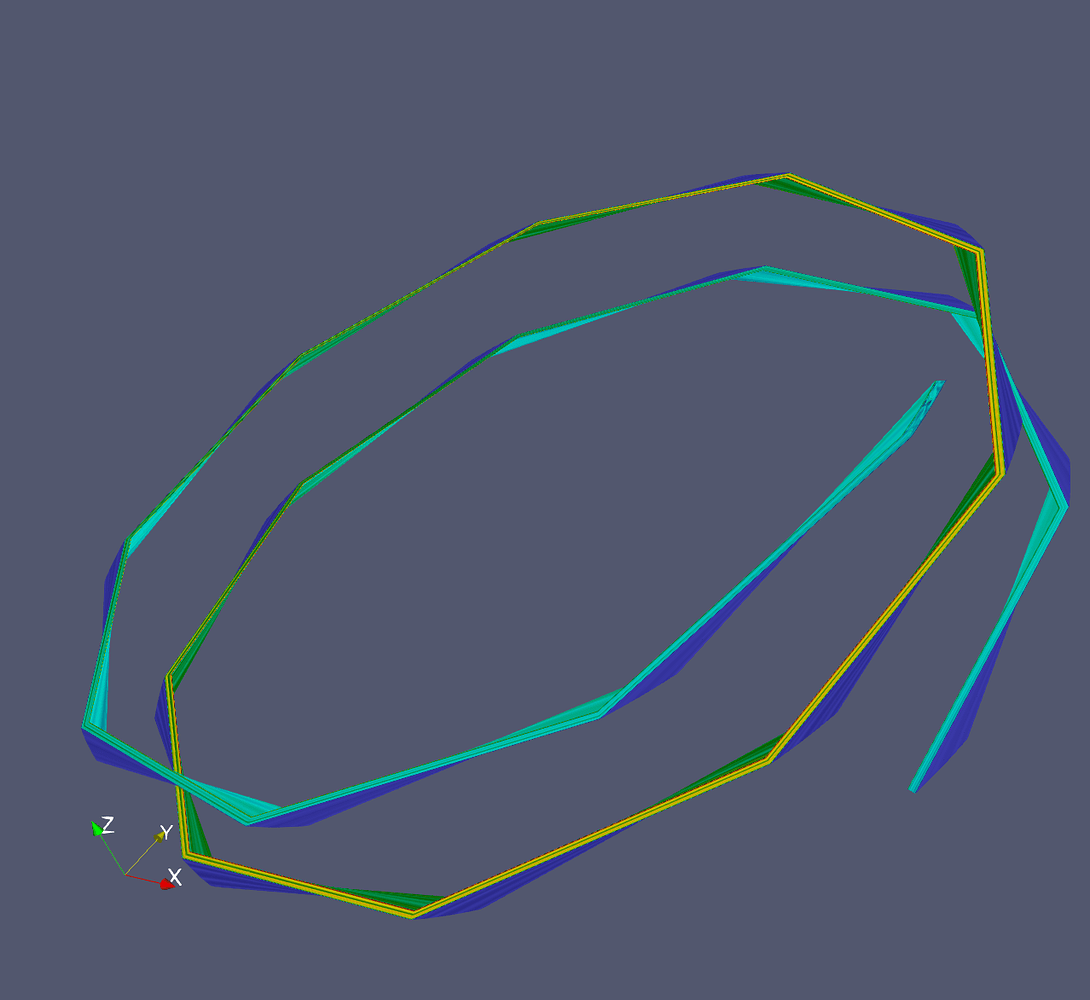

In that case, cross_input andĬross_output options must be specified, with the output 2D raster map cross_outputĬontaining the crossection of the interpolated volume with a surface defined byĬross_input 2D raster map. Showing a modelled phenomenon at a crossection surface. Sometimes, the user may want to get a 2-D map The size of the output 3D raster mapĮlevation is given by the current 3D region. temperature, rainfall data from climatic stations, concentrations from drill holesĮtc.) given in a 3-D vector point file named input. Name for output mean curvature 3D raster mapĭESCRIPTION v.vol.rst interpolates values to a 3-dimensional raster map from 3-dimensional point data Name for output Gaussian curvature 3D raster map Name for output change of gradient 3D raster map

Name for output gradient vertical angle 3D raster map Name for output gradient horizontal angle 3D raster map Name for output gradient magnitude 3D raster map Minimum distance between points (to remove almost identical points)Ĭonversion factor for w-values used for interpolation Maximum number of points for approximation in a segment (>npmin) Minimum number of points for approximation in a segment (>segmax) Name for output cross-validation errors vector point map Name for output deviations vector point map WHERE conditions of SQL statement without ’where’ keyword Name of column containing w-values attribute to interpolate Name of input surface raster map for cross-section Perform a cross-validation procedure without volume interpolationĪllow output files to overwrite existing files SYNOPSIS v.vol.rst v.vol.rst -help v.vol.rst input= name Vector, voxel, surface, interpolation, RST NAME v.vol.rst - Interpolates point data to a 3D raster map using regularized spline with


 0 kommentar(er)
0 kommentar(er)
